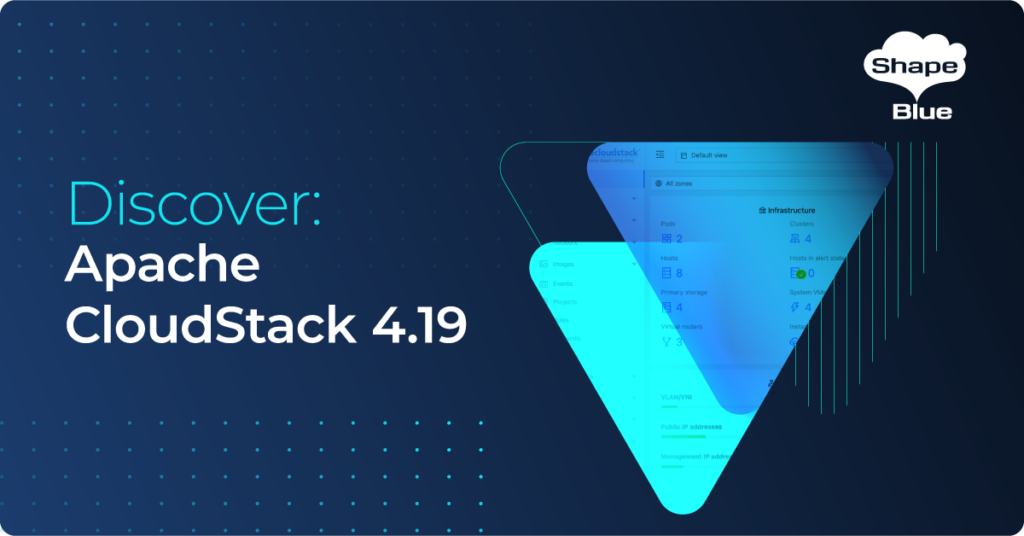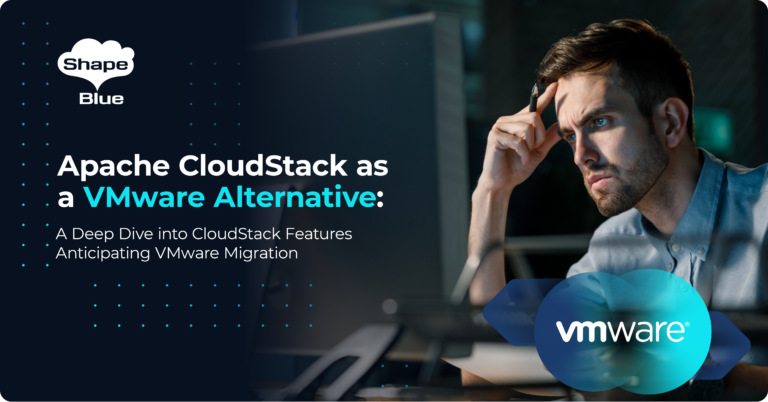Today, Citrix announced that it was selling off two product lines: Citrix CloudPlatform and Citrix CloudPortal. For once, many Cloud commentators are right: this absolutely IS Citrix picking up its ball and going home. They’ve thrown this business line over the fence to Accelerite from Persistent Systems. However the sale tells us more about Citrix than about CloudStack, the open source software governed by the Apache Software Foundation (that Citrix packages as commercial software product called CloudPlatform).
In June 2015, the Elliot Management Corporation holder of a 7.1% stake in Citrix sent a letter to Citrix’s board highlighting a plan to increase Citrix stock price by the end of 2016. The plan included several divestment ideas including a spin-off of the GoTo business and the sale of assets like the CloudPlatform business.
Since that time, Citrix has been under continued pressure from Elliot. Mark Templeton the long time Citrix CEO announced retirement in July, the GoTo spin-off became reality and in November Citrix’s board announced a 1,000 people layoff for Q4 2015 and Q1 2016, on the heels of a 700 people layoff that already occurred in January 2015.
I actually admire the focus that Elliot has brought to Citrix. I think it is a sound plan (I apologise if that sounds harsh to the many people who have been forced to leave Citrix) But, bottom line, Citrix is re-focusing on its core technology, and everything else will be spun out. The offloading of CloudPlatform is therefore no surprise and has nothing to do with CloudStack and how good a software it is or how big the customer and community are.
However we at Shapeblue saw this coming first hand. Citrix struggled with the cloud.com acquisition, struggled with defining a clear strategy for Cloud and failed at executing on any product development plans that would provide business growth.
Open sourcing of software can be done for multiple reasons. One of them being to level the playing field by making a technology accessible to anyone and developing a growth business for products that integrate with the open-sourced technology. Citrix did not do this, instead it focused on trying to generate profit from traditional software licenses sales of CloudPlatform a repackaged version of CloudStack which offered no differentiating factor. In fact, Citrix started selling support when its business model is based on licenses. This was doomed to fail and it did.
Using opensource as a route to market is what Citrix also tried to do when re-joining the Openstack foundation. This move was more about trying to increase sales of Xenserver and Netscaler than about abandoning CloudStack. Netscaler is a $1B business for Citrix, if they had focused on integrating Netscaler properly with CloudStack in the early days they could have gained much greater momentum. But it was too little, too late and with another piece of software. Mind boggling.
At the time Cloud.com was acquired by Citrix my company, ShapeBlue, was a Citrix partner as well as being active in the rapidly growing opensource community. We worked with Citrix for some time. We designed, built and integrated environments based on the technology and then sold our customers licensing from Citrix for ongoing support. However, in the autumn of 2013, we started to get complaints from customers about the quality of that support. We found many of our customers having to come into the opensource community in order to get problems fixed, and often ended up fixing them ourselves directly in that community. We felt that, as Citrix were effectively offering support, and not very well – that we should do that ourselves and do it better. We launched our CloudStack Infrastructure Support Service a few months later and haven’t looked back. Those complaints continued to escalate and we continued to win significant new customers. Some of these are deploying new IaaS environments but many are companies who have realised that a proprietary proposition that is near-identical to an open source product (with poor support to boot) just does not make sense.
The key part of this for us was not to repeat the mistakes we’d already seen. We didn’t promise a product that was different. By running a proprietary product, customers were missing many of the benefits of opensource: long term assurance if vendor strategy changed, agility for feature development and ability to contribute easily. Combined with the fact that they are near-identical code-bases, has meant its been a no-brainer for many organsations to move to pure opensource Cloudstack.
The end result of this sale is that Citrix is now out of Apache CloudStack entirely. This move may actually open the door for other vendors and users to join the community and help contribute. When Citrix initially left the OpenStack foundation (in 2012, just after aquiring cloud.com) it alienated a lot of people and directly impacted CloudStack’s chances to succeed as an open source software. However, the community side of CloudStack continues to develop, with a growing developer community widely made up of users of the software. Time will tell how Accelerite contributes to Apache CloudStack, but at Shapeblue we will keep on following our open source strategy and keep on offering outstanding support to CloudStack customers.
Some commentators, almost certainly, will turn this into a “CloudStack is doomed” story. However, the reality is that Citrix hadn’t been contributing significantly for quite some time: between May 14-Jul 14 Citrix averaged 25% of all commits to Cloudstack; by March 15 – May 15, this had dropped to 6% of commits. For some time, Apache Cloudstack has been predominantly developed by its users, not by a set of software vendors. But some people will still look for that story – people who just don’t understand that the success of an open source project is not measured by the number of vendors who have their logo on its website. Apache CloudStack continues to be in widespread adoption, with an ever-growing user base. New and exciting features continue to be developed by the community and the release cycle is accelarating. It remains the easiest to deploy, most production proven IaaS platform available. There is nothing doomed about this hugly sucessful opensource project.
We have made many friends at Citrix over the last few years. Personally, I’ve met some very smart people there and many who have worked tirelessly on CloudStack. I certainly don’t want to undermine the great contributions these people there have made, nor should I forget that Citrix created Apache CloudStack by contributing the initial code. For both of those things, Citrix should be thanked and admired. However, in their execution of strategy after that, Citrix has failed. If ever there was a story about how open source mitigates the risk of changing vendor strategies, this is it. Open source has prevailed and is the winner here. Time for CloudStack to shine.
Giles Sirett is CEO of ShapeBlue
Twitter: @GilesSirett
Linkedin: https://www.linkedin.com/in/gilessirett
Giles is CEO and founder of ShapeBlue and is responsible for overall company strategy, strategic relationships, finance and sales.
He is also a committer and PMC member of the Apache CloudStack project, and Chairman of the European Cloudstack User Group, actively helping promote brand awareness of the technology.





